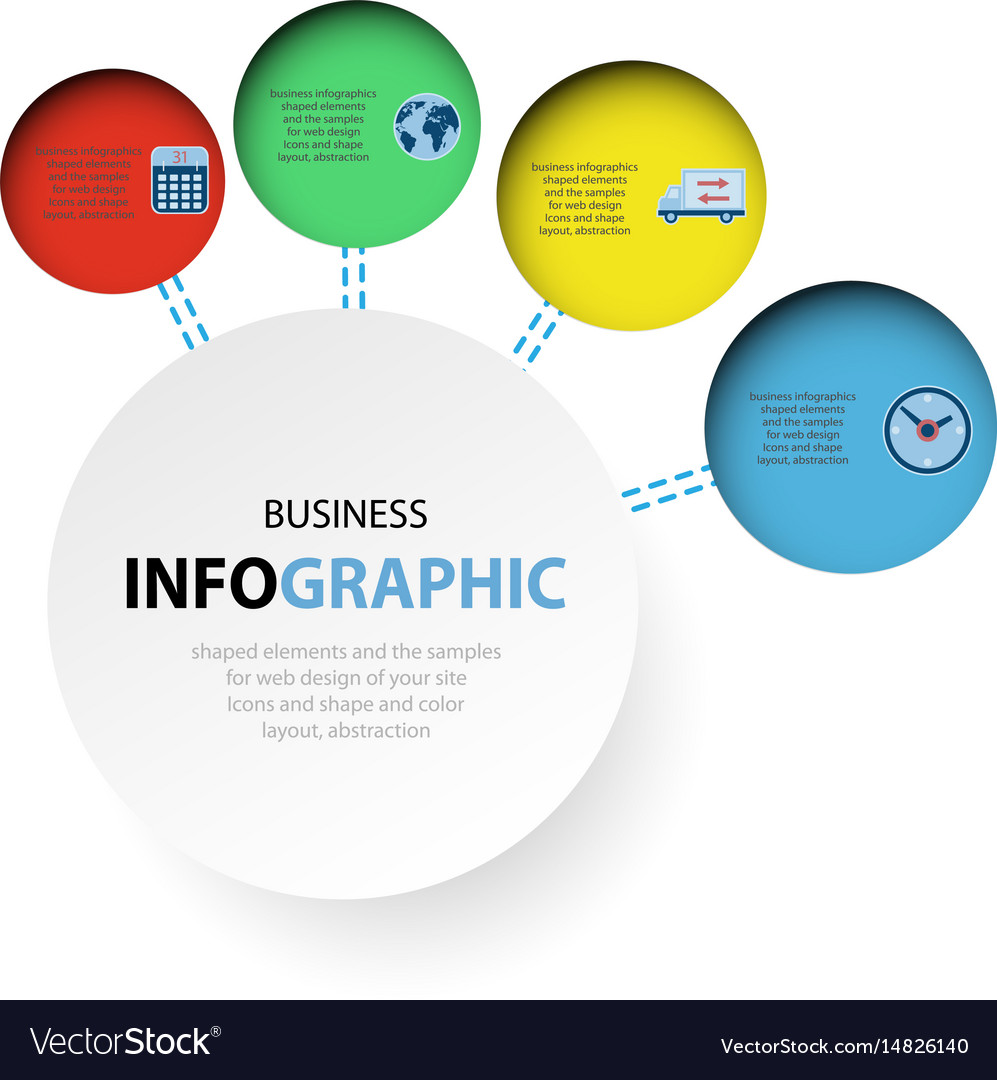The Growth Of Web Design: Then And Currently
The Growth Of Web Design: Then And Currently
Blog Article
Material Author-Kinney Molina
In the past, web sites were easy and focused on info. Navigating was straight, and layout was for desktop computers. Now, customer experience is crucial. Data guides designs for simple navigating. Responsive layouts match different devices. Today, dark setting reduces strain, and minimal menus boost navigation. Interactive attributes engage individuals, and strong visuals stand out. AI assimilation improves involvement. See how style has progressed to enhance your online trip.
Early Days of Website Design
In the early days of website design, simpleness preponderated. Web sites were basic, with minimal colors, font styles, and formats. The focus was on supplying information instead of fancy visuals. Users accessed the web via slow dial-up connections, so rate and functionality were essential.
Navigation menus were straightforward, generally located on top or side of the page. Websites were made for desktop computers, as mobile browsing had not been yet common. Content was king, and designers prioritized simple readability over complex layout components.
HTML was the main coding language utilized, and designers had to work within its restraints. Animations and interactive attributes were marginal contrasted to today's standards. Web sites were fixed, with little vibrant content or personalized individual experiences.
Rise of User-Focused Style
With the evolution of internet site style, a change towards user-focused style principles has ended up being increasingly famous. Today, producing internet sites that focus on customer experience is vital for engaging site visitors and accomplishing company goals. User-focused layout entails comprehending the demands, choices, and habits of your target audience to tailor the site's layout, content, and includes appropriately.
Developers now perform thorough study, such as user studies and use screening, to collect understandings and feedback straight from users. This data-driven strategy assists in creating user-friendly navigation, clear calls-to-action, and aesthetically attractive user interfaces that resonate with visitors. By placing the user at the facility of the design process, internet sites can provide a much more tailored and delightful experience.
Receptive design has additionally become a key element of user-focused design, making sure that sites are enhanced for numerous devices and display dimensions. This versatility enhances ease of access and functionality, dealing with the diverse means users connect with web sites today. Essentially, why not try these out of user-focused design signifies a shift in the direction of creating digital experiences that prioritize the demands and expectations of completion individual.
Modern Trends in Web Design
Check out the most recent fads shaping website design today. One noticeable fad is dark mode layout, using a smooth and modern-day look while reducing eye pressure in low-light settings. Another vital fad is minimal navigation, simplifying menus and improving customer experience by concentrating on essential elements. Incorporating micro-interactions, such as animated buttons or scrolling results, can produce a more engaging and interactive web site. Responsive style continues to be critical, making sure smooth user experiences across different gadgets. Furthermore, utilizing bold typography and unbalanced designs can include aesthetic interest and accentuate specific material.
Integrating AI innovation, like chatbots for client assistance or individualized recommendations, boosts individual engagement and enhances procedures. Availability has additionally come to be a considerable pattern, with developers prioritizing inclusive style techniques to satisfy diverse user requirements. Accepting sustainability by enhancing web site performance for rate and performance is another emerging pattern in website design. Collaborating with user comments and data analytics to iterate and improve design continually is vital for remaining pertinent in the ever-evolving electronic landscape. By welcoming these modern patterns, you can produce an aesthetically appealing, straightforward internet site that resonates with your target market.
Verdict
As you assess the development of site style from the early days to now, you can see exactly how user-focused style has actually come to be the driving pressure behind contemporary fads.
Embrace the trip of change and adaptation in web design, constantly maintaining the user experience at the forefront.
Remain present with the current fads and modern technologies, and never ever quit developing your approach to develop visually stunning and straightforward internet sites.
Evolve, adapt, and develop - the future of website design is in your hands.
